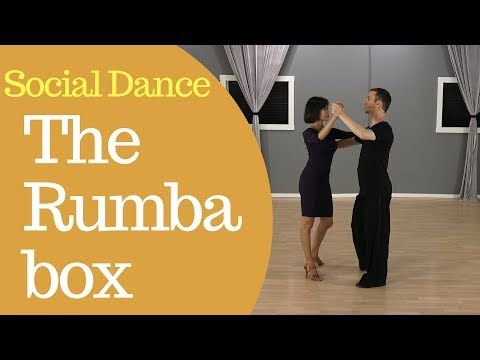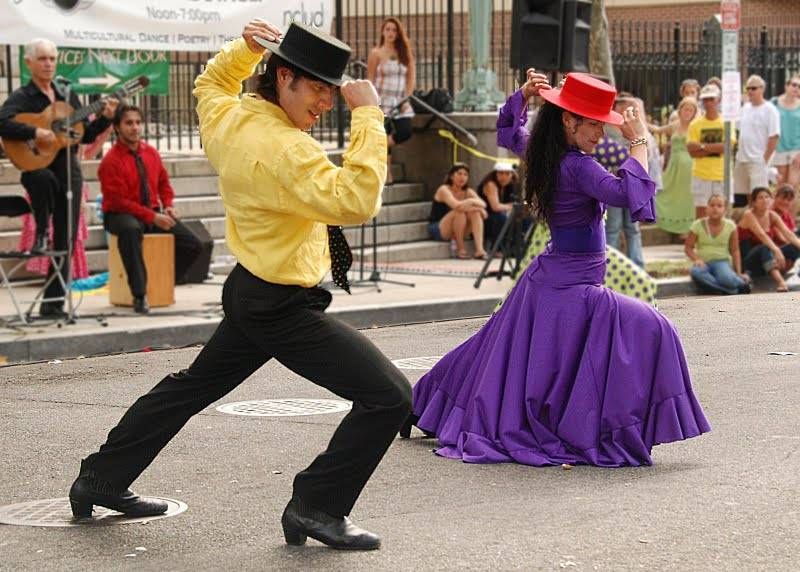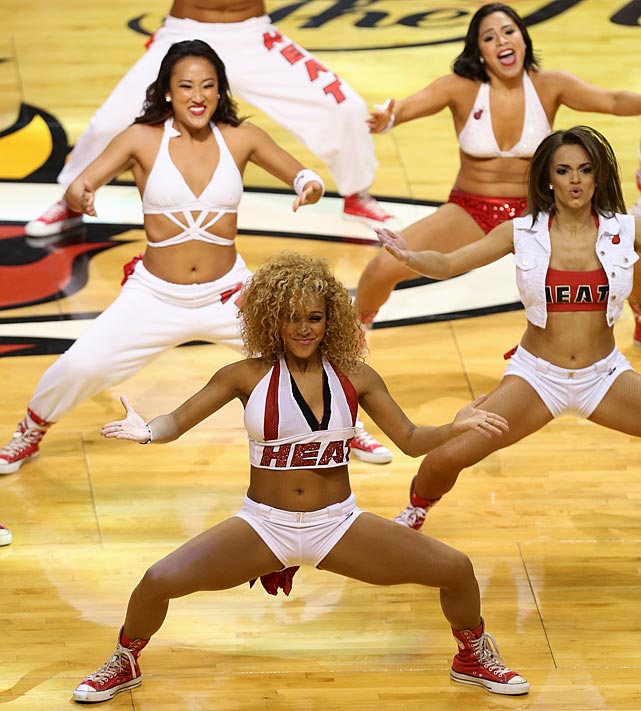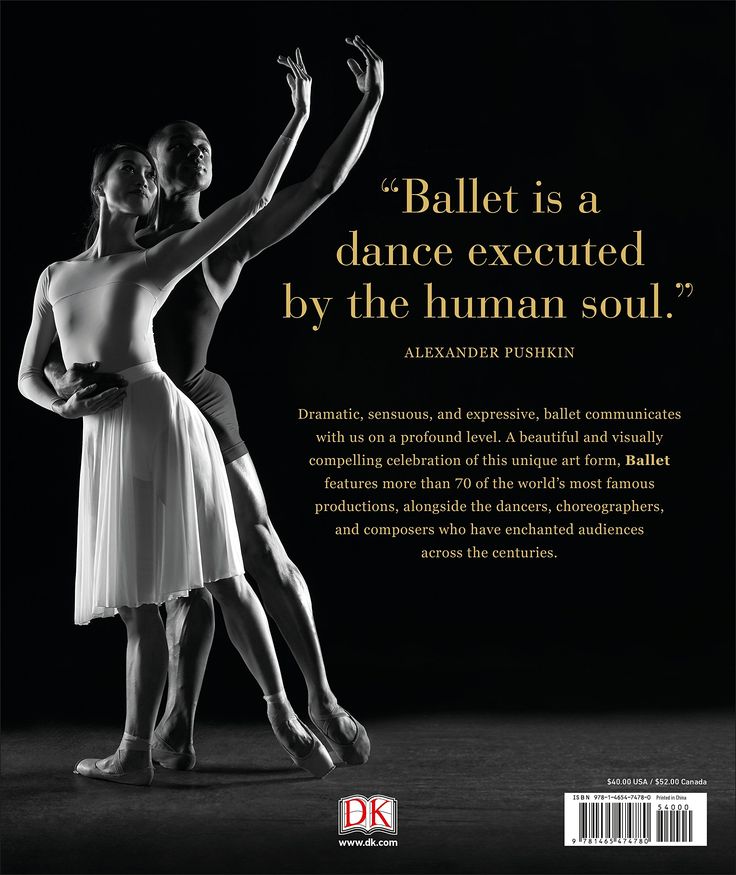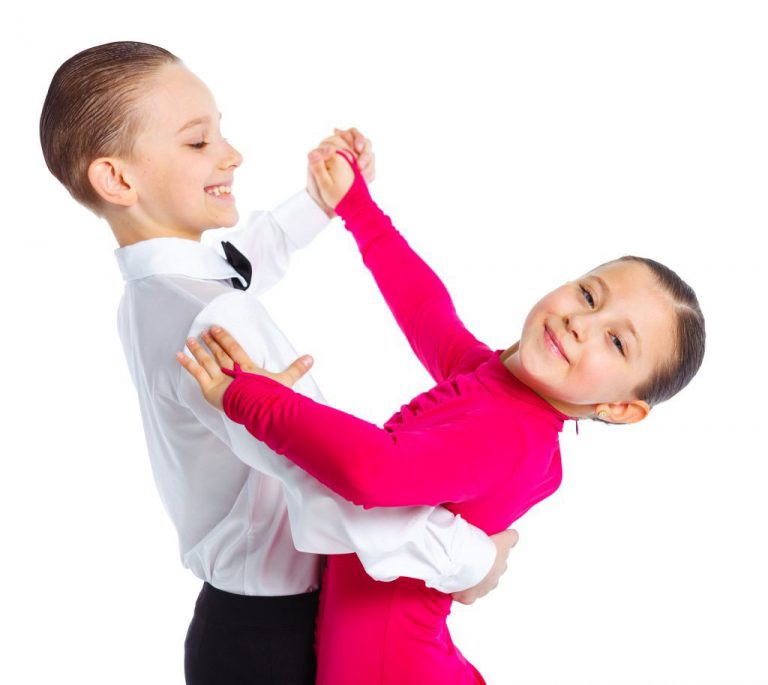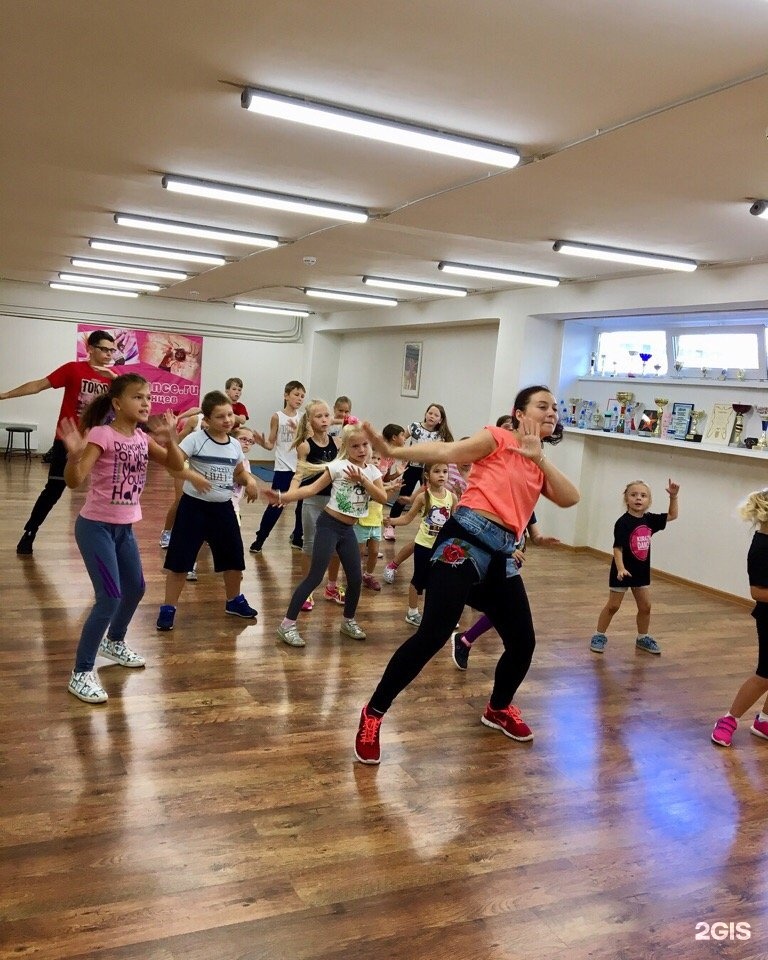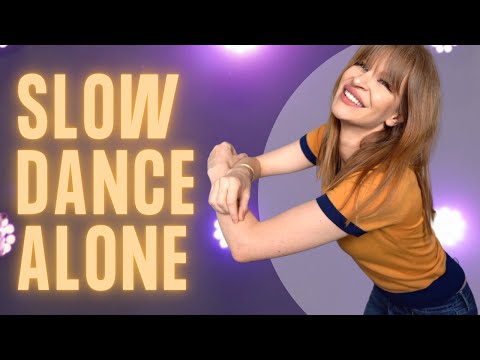How to learn ballroom dancing without a partner
6 steps to learning ballroom dancing without a partner—really – Get Rhythm
Posted on by James Joseph
Shadow Dancing – Photo by Garry WilmoreSome elements of dance, like lead and follow, require a partner when you practice. But some things you can do on your own. For me, it was not until I started training by myself—how to hear the beat, phrasing, musicality, music identification, dance identification, step patterns, syncopations, choreography, improvisation—that I was able to move from the beginner to the intermediate level. And away we go:
- Hear the beat. Anytime you listen to music—working out, commuting, goofing off, whatever—practice counting sets of 8, which define the beat of the music. (Also check out this post of mine, “7 ways to practice ballroom dancing using an iPod, etc.”) You occasionally need someone to test you, such as a music-maven friend; or you can even try asking your teacher after class.
Have them listen to you count sets of 8 and give you feedback. Once you can hear the sets of 8, also known as mini-phrases, listen for the major phrases, the bigger structure in the music (see Intro to Phrasing here).
- Mark rhythms. Stand, play music with a slow tempo and mark rhythms by doing weight changes in place. Mark the two basic dance rhythms you’ll use for survival, single rhythm, which is one weight change for every two beats of music (STEP HOLD), and double rhythm, which is two weight changes for every two beats of music (STEP STEP). A dance rhythm, which is always two beats of music (except waltz, which is three beats), is a unit of rhythm; dance rhythms are strung together to create a rhythm pattern. Start on a count 1 of the music and practice these eight-beat rhythm patterns (words in capital letters are the verbal call, which is what you say out loud as you do a pattern): single—single—single—single (STEP HOLD—STEP HOLD—STEP HOLD—STEP HOLD), which is stepping on every other beat of music; double—double—double—double (STEP STEP—STEP STEP—STEP STEP—STEP STEP), which is stepping on every beat of music.
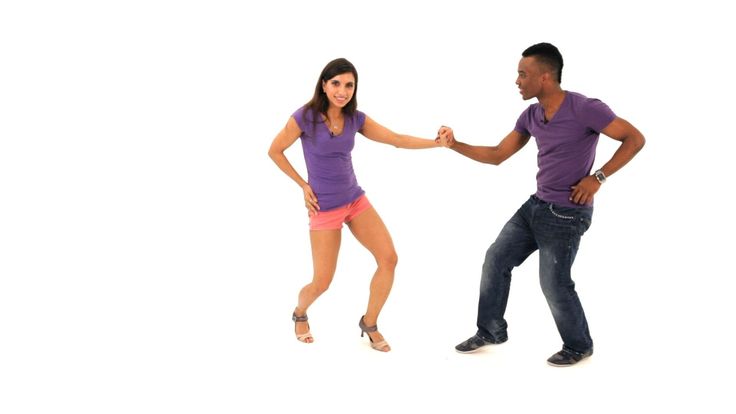 Then mix singles and doubles to create the mother of all rhythm patterns (used in salsa, rumba, foxtrot and survival dancing): double—single—double—single (STEP STEP—STEP HOLD—STEP STEP—STEP HOLD)
Then mix singles and doubles to create the mother of all rhythm patterns (used in salsa, rumba, foxtrot and survival dancing): double—single—double—single (STEP STEP—STEP HOLD—STEP STEP—STEP HOLD) - Mark rhythm patterns from class. Still standing in place, practice marking the rhythm of the footwork you learned in class. For example, if you’re learning salsa, play some salsa music and practice the eight-beat basic rhythm pattern for salsa, double—single—double—single (that’s the third pattern from Step #2 above). Burn the rhythm patterns from class into your brain through endless repetition. Work with a variety of tempos (to practice salsa start with some cha cha music, which has a slower tempo).
- Improvise rhythms. Still standing in place, play music and create your own rhythm patterns by mixing single and double rhythms. Improvise. Try, for example, using more double rhythm as the music or vocals speed up; and using more single rhythm as the music or vocals slow down.
 I don’t mean that the tempo speeds up, I mean that some thematic element in the music speeds up, like the melody or vocals or even just an instrument you want to follow. Blank rhythm is very handy too when the music slows down—it’s a HOLD HOLD, which is no weight changes for every two beats of music. It’s used in dips and I often use it to do a simple dramatic pause to finish a phrase of music. The ability to improvise will help your slow dancing and survival dancing, like when you have to dance to unfamiliar music.
I don’t mean that the tempo speeds up, I mean that some thematic element in the music speeds up, like the melody or vocals or even just an instrument you want to follow. Blank rhythm is very handy too when the music slows down—it’s a HOLD HOLD, which is no weight changes for every two beats of music. It’s used in dips and I often use it to do a simple dramatic pause to finish a phrase of music. The ability to improvise will help your slow dancing and survival dancing, like when you have to dance to unfamiliar music. - Do step patterns. Now, taking teeny tiny steps—dance is never a contest for distance—mark the step patterns you learned in class (the terminology might be a little confusing: rhythm pattern is just weight changes, step pattern adds direction of movement. For example, the 8-beat salsa step pattern would be (for the leader): FORWARD BACK—TOGETHER HOLD—BACK FORWARD—TOGETHER HOLD (that’s only six weight changes—remember, no weight change on the HOLD).
 Also, try improvising footwork: still taking teeny tiny steps, move forward, back, side-to-side, rotate left and rotate right. Do whatever seems to fit the music. Get whimsical. Just relax, don’t think and fool around. Become the music.
Also, try improvising footwork: still taking teeny tiny steps, move forward, back, side-to-side, rotate left and rotate right. Do whatever seems to fit the music. Get whimsical. Just relax, don’t think and fool around. Become the music. - Shadow dance. Throw up your arms as if you had a partner and were in the standard ballroom embrace, called the closed position. Play a variety of music, both in tempo and in genres. Practice your step patterns as well as improvise stuff and see what works to what kind of music. Visualize a partner in your arms and practice choreography—string moves together to create a routine. Phrase the choreography to the music. Try to capture the mood of the music. Now you’re shadow dancing! Learn this well.
Yeah, sure, you obviously need a partner to learn to dance. But you also need lots of floor time and practicing on your own—especially shadow dancing—counts. Repetition will set you free.
What things do you do to practice on your own? How’s it working out?
Categorieslearn to danceTagsballroom dance classes, ballroom dance practice, ballroom dancing, dance instruction, hear the beat, how to dance, learn to dance, rhythm, shadow dancingCan you learn to partner dance without a partner?
A question that we are seeing frequently since the start of the Covid-19 crisis is whether or not someone without a partner can and/or should take lessons to learn the partner dances. It’s a reasonable question. The answer is a resounding yes, and here’s why.
It’s a reasonable question. The answer is a resounding yes, and here’s why.
Partner dancing consists of two people moving together in sync to music. My teaching mentor, Andy Wong of Grand Ballroom fame, used to talk about the impact it might make on someone to see ballroom dancing for the first time. Two bodies, moving in beautiful harmony to music that is playing. They might wonder how that is possible. Who is directing it? How does one body know what the other wants? How do they know which direction to go, or how fast, or when to change direction? How do they know when to speed up or slow down? It might look like complete magic to someone seeing this for the first time!
In order to accomplish this, both partners need to know some basics of dancing. Each person needs to know how to hold their posture and frame. They each need to know the step patterns. Which foot do you use, and when. Do you move with the heel or the toe? When do you turn? How much do you turn? Questions like these are not really based on what the partner is doing, because both parties need to know enough about these things to be able to move with someone else.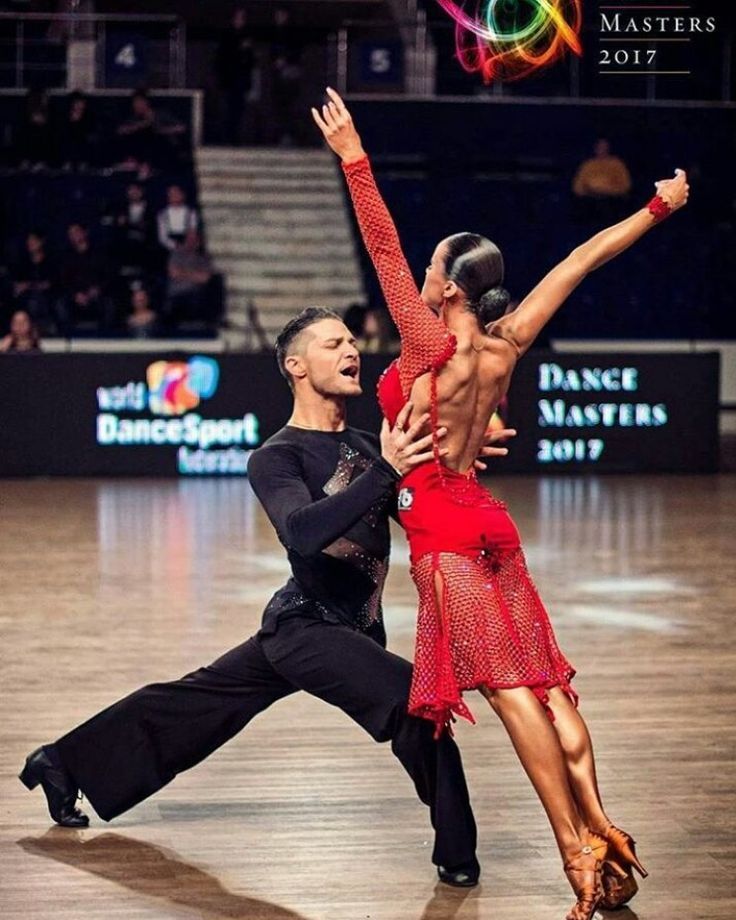
In that sense, each person is learning the basic elements entirely for their own understanding of movement. In fact, I like to tell my female partners that following is not a passive action. Instead, as the follow, they need to be completely independent and dancing for themselves. All the lead does is initiate direction and flow of movement. An active follow who is dancing for herself is a joy to dance with, as she moves fluidly and has an awareness of her own role in the partnership.
This means that both partners need to learn the basics on their own terms. This process doesn’t actually require a partnership. It can even be argued that when two people are learning these basic aspects of dance that dancing together can be more challenging than learning individually first, because one partner can interfere with what the other is trying to do. If one partner is using the wrong foot, or turning the wrong way, or is out of balance, the other partner is influenced. This can result in confusion, frustration and challenges in the learning process.
This means that both partners need to learn the basics on their own terms. This process doesn’t actually require a partnership.
When I became a dance professional, I had to learn the lady’s steps and spent a great deal of time focused on what the lady had to do for every figure in every dance. There were not many group classes where gentlemen were willing to have me dance as their partner, so I spent most of this time learning the lady’s steps on my own. It was valuable time. During my professional examinations, I was marked higher in the practical portion on the lady’s steps than I was on the man’s! By learning the step patterns entirely on my own, I was really able to focus on the details, rather than being distracted by what a partner might be doing.
So the answer to the question is “yes, you not only can learn to partner dance without a partner, but you might learn even better!”
Of course, what you can’t learn by yourself is how it feels to dance with a partner. Things like how it feels to lead your partner, or to be led. When to initiate the lead, or when and how to respond to make the movement smooth for both parties. These aspects of partner dancing are important, but they will come long after you’ve learned the basic foundations. Once you know the different figures, how to hold your posture and your frame, how to move from foot to foot and more, you can layer on top of that the aspects of moving with a partner. My view is that you might move more freely and more beautifully if you already know how to move, than if you are trying to learn how to move while also dealing with a partner who is learning at the same time.
Things like how it feels to lead your partner, or to be led. When to initiate the lead, or when and how to respond to make the movement smooth for both parties. These aspects of partner dancing are important, but they will come long after you’ve learned the basic foundations. Once you know the different figures, how to hold your posture and your frame, how to move from foot to foot and more, you can layer on top of that the aspects of moving with a partner. My view is that you might move more freely and more beautifully if you already know how to move, than if you are trying to learn how to move while also dealing with a partner who is learning at the same time.
If you don’t have a partner, but are yearning to dance, just do it. You’ll discover a marvelous world of active enjoyment as you learn a skill that will last the rest of your life.
As a dancer, you’ll be more free in how you move in any activity, whether locked into your home because of forced isolation or because you have a chance to sweep a random stranger off their feet.
Tags:
learning
Ballroom dancing without a partner
In a famous song, according to statistics, there are 9 guys for 10 girls. In ballroom dancing, the situation is even more complicated: in each Fiesta set of 10 children, there are 8 girls and 2 boys. This is understandable: parents believe that ballroom dancing is not a male occupation, and boys prefer to play football or play computer games with friends than dance with a girl. Spoiler: until they come to a couple of practices.
What should a girl do without a partner? Step-by-step instruction. nine0004
Step 1: Set goals for ballroom dancing
Try to decide on the goal of your training. This should not be a spontaneous decision. At the Fiesta Children's Dance Academy, we give dancers two years to understand: does the girl want to train professionally? Are you ready to spend your free time in the gym? Can parents invest time, effort and finances in the dance development of a child?
During the first two years of training, children get acquainted with ballroom dancing: they learn step patterns and get acquainted with the basic dances ⏤ waltz, cha-cha-cha and jive.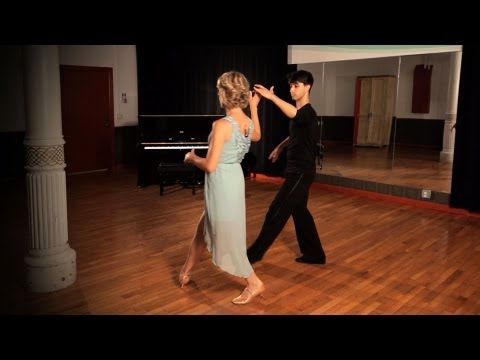 The dancer gets an idea of what ballroom dancing is, how to perform it and how to present yourself. nine0004
The dancer gets an idea of what ballroom dancing is, how to perform it and how to present yourself. nine0004
After two years of training, our trainers ask about the goals of all students and parents. We divided the answers into 3 categories:
⏤ Yes, we want to be professional. We are serious.
If you answered the same, go to step 2
⏤ We haven't decided yet, haven't thought about it. My daughter and I just love ballroom dancing.
If the question caught you by surprise, we recommend that you also go to step 2 and pair up. If in a year your daughter wants to practice professionally, you will not lose time: the girl already knows what competitions are and knows how to dance in pairs. nine0004
⏤ No, they brought their daughter to the dance for general development.
Parents often choose dancing instead of sports or gymnastics, as ballroom dancing develops children comprehensively. In a pair or solo, the girl will still develop.
Step 2: pair up with a girl
In the first year of training, the coaches pair all children.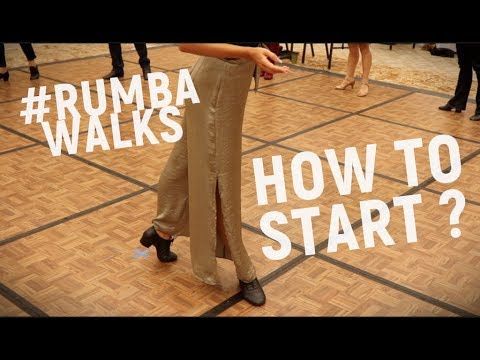 Since there are not enough boys for everyone, the girls dance in pairs with the girls.
Since there are not enough boys for everyone, the girls dance in pairs with the girls.
Yes, ballroom dancing ⏤ pairs, where a girl and a boy, a girl and a boy dance. But this is a mandatory requirement for republican and international competitions. While the kids are learning the basic steps and shapes, don't waste time ⏤ train with the girl. nine0003
It is important for a dancer to learn to coordinate movements with a partner, not to step on their feet, to keep support. Dancing in pairs is more difficult than solo dancing. Think of a team sport like synchronized swimming. Separately, swimmers easily perform elements from the program. It takes years of training to achieve synchronization and simultaneousness in a team. Dads of girls who served in the army will confirm: it is easier to march alone than in the ranks.
Do not be afraid that your daughter will have to relearn if she danced for a partner in a couple. The dance figures of the girl and the boy are the same.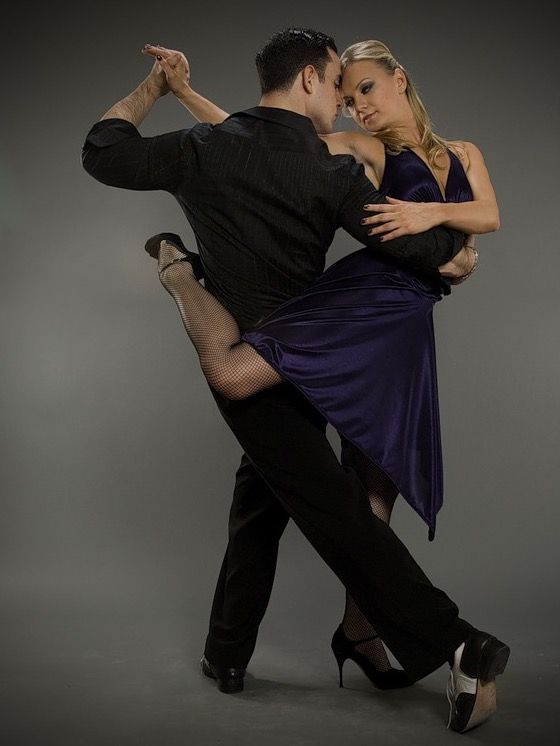 The only difference is that the movements are mirrored, and the partner starts from the left foot, and the partner from the right. nine0004
The only difference is that the movements are mirrored, and the partner starts from the left foot, and the partner from the right. nine0004
In the first year of study at Fiesta, couples of girls come out onto the floor. To the coach's regret, such pairs often outperform "girl + boy" pairs, since girls are more responsible and more serious about competitions.
Step 3: looking for a ballroom dance partner
You are on the right track if you continue to practice as a couple, even with a girl. But remember that for professional sports it is important to dance with a partner. Do not wait for the boys to come to the group, look for a partner on your own. nine0004
It is important to understand that the sooner a girl pairs up with a boy, the sooner her athletic growth will begin. Try not to delay the search: the longer the child is engaged, the more difficult it is to find a match for him according to the sports level.
Where can I find a ballroom dance partner?
Surf the net.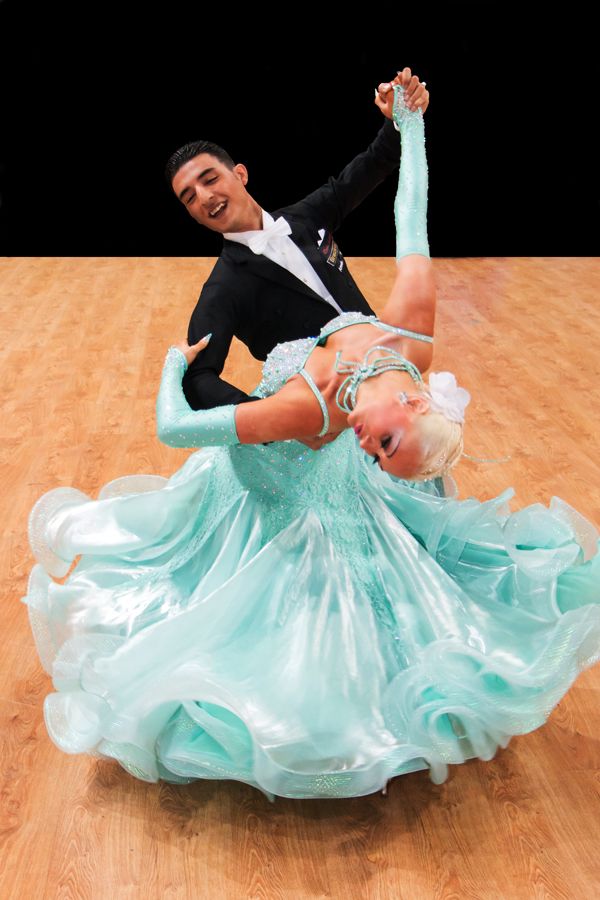 For the query "I'm looking for a partner for ballroom dancing", search engines provide a lot of links to groups, publics and discussion networks.
For the query "I'm looking for a partner for ballroom dancing", search engines provide a lot of links to groups, publics and discussion networks.
Go to specialized shops. The most persistent manage to find partners in dancewear or footwear stores. It happens that a dancing boy is looking for a mate if it didn’t grow together with the previous partner: the girl outgrew the boy, moved to another city, or the children didn’t work out temperamentally. The news spreads among the customers of the store, where everyone knows each other, and the partner quickly finds herself. nine0004
Examine the phone book. From our experience, the most working scheme is when parents are looking for a partner among friends. It turns out that both the parents of three boys from the class and a colleague from work have long dreamed of sending their son to dance.
If the boy himself is not sure that he wants to dance, invite him to a couple of training sessions. The process is much more fun in practice than you describe it in words.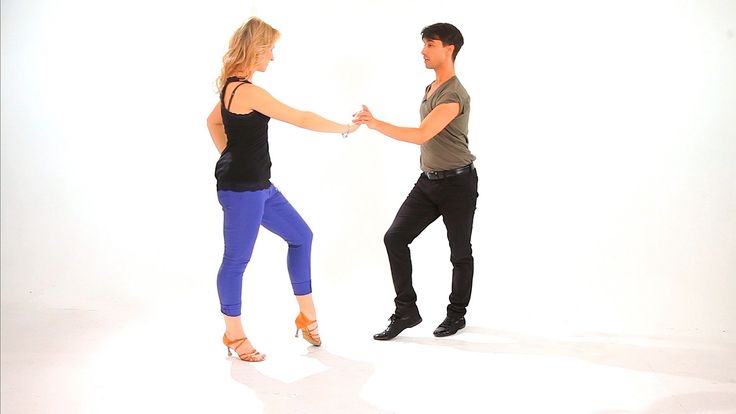 Schools often offer trial classes. At the Fiesta Children's Dance Academy, we invite children to 2 trial free classes. nine0004
Schools often offer trial classes. At the Fiesta Children's Dance Academy, we invite children to 2 trial free classes. nine0004
How does the coach match children?
Before pairing children, coaches consider the following criteria:
Height. The girl should not be taller than the boy. The coach also looks at the parents to understand the child's growth prospects.
Date of birth. There should not be a big difference in age between children, a maximum of a year. In ballroom dancing, children are divided into age categories. The age of the couple is determined by the eldest child. With a large age difference, it will be difficult for the youngest in a pair to compete with older dancers. nine0004
Temperament, movement type, performance technique. A pair of ⏤ is a team. The result depends on how harmoniously the guys dance. If the partner is impulsive, and the girl is calm and soft, a harmonious team will not work. The coach evaluates the performance technique and student performance in order to match children with approximately the same sports level.
The coach evaluates the performance technique and student performance in order to match children with approximately the same sports level.
What should I do if I haven't found a ballroom dance partner?
In 2021, the Fiesta Children's Dance Academy became a member of the WADF (World Artistic Dance Federation) ⏤ artistic dance federation. It includes ⏤ 865 dance schools and organizations from Europe, the CIS countries, Scandinavia, Asia and Africa and Latin America. nine0004
WADF develops the Solo direction, thanks to which girls can perform solo, participate in republican and international competitions and become champions.
Program and recording for Solo at the Fiesta Children's Dance Academy.
Anastasia Bondarenko
11/08/2021
12 life hacks to quickly learn how to dance from Mamita Dance0004
dancing
Author: Pavel Sobiray
psychologist, teacher of salsa and tango
At the start, you always want to get a quick result.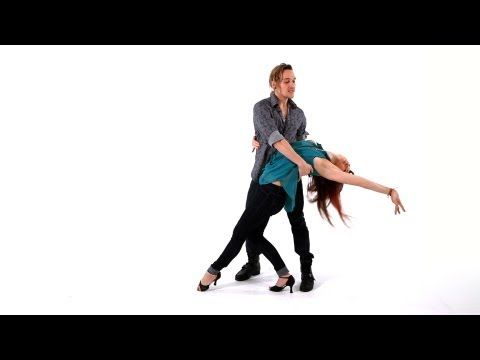 When it doesn't happen, the hypothesis arises that everything takes time. After a conditionally acceptable time, humility comes to mastering pair dances, which, perhaps, is not given, and I will just do what I learned somehow.
When it doesn't happen, the hypothesis arises that everything takes time. After a conditionally acceptable time, humility comes to mastering pair dances, which, perhaps, is not given, and I will just do what I learned somehow.
This is the most common story of those who believe that the fact of attending pair dance classes is enough to learn how to dance. nine0003 Absolutely not. If you want to really dance well, you have to make an effort outside of the dance class. A good teacher will definitely be needed, but the initiative should be on your side.
1. Listen to music
The most common and accessible advice that is given already in the first lessons. And it definitely works. Music creates a certain atmosphere of the dance and intuitively you want to move to it. It doesn't matter where you listen to music - in the car, on headphones while walking or doing household chores. nine0004
An addition that will help you dance better is your active participation in the music. Sing along, dance or simply beat musical accents with any free parts of the body. In the subway, for example, it is enough to tap out bright moments with your fingers, in the car to sing along with sounds, and at home you can jump for pleasure.
Sing along, dance or simply beat musical accents with any free parts of the body. In the subway, for example, it is enough to tap out bright moments with your fingers, in the car to sing along with sounds, and at home you can jump for pleasure.
2. Watch videos of good dancers
It's complicated, but also obvious. It’s more difficult, because without recommendations from more experienced dancers, unfortunately, it’s not so easy to find a good quality video on the net (I mean not the resolution quality, but the content itself). nine0004
Meaningful viewing of the video is to form an understanding of HOW the dancers make this or that impression on the partner or the viewer. Technology is at the heart of everything. Understanding how the pros do it is a big step forward.
It is important to distinguish between a show and a disco dance, a choreographed performance from an improvisation, a stylized dance from an authentic one, etc.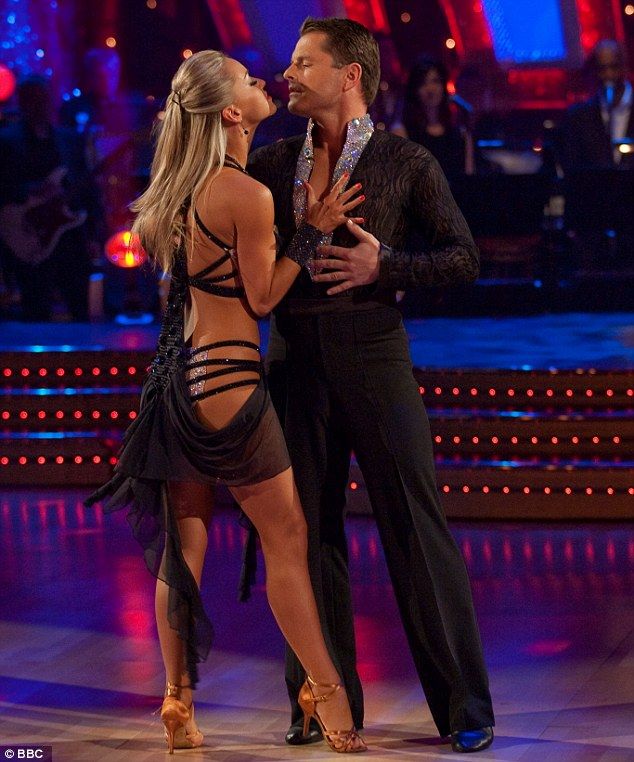 Ask for recommendations and dance instructors will always upload a couple of videos of worthy landmarks. nine0003
Ask for recommendations and dance instructors will always upload a couple of videos of worthy landmarks. nine0003
Tango Z. Showreel.
Online modern tango courses
Tango nuevo is the most advanced version of tango. We can quickly learn to dance from zero to a steep level.
| View details |
3. Dance in salsatecas/milongas/discotheques
A very delicate moment when it is worth coming to the first party. From a technical point of view, most students in 1-3 months have a sufficient set of figures and techniques to come and dance calmly. Psychologically, the same moment can be stretched out for an indefinite time. After all, it is imperative to “not lose face”, “learn more figures” and be sure what to do in case “there is an unfamiliar movement”. nine0004
In fact, the partygoers don't really care (except for a small layer of non-professional teachers who want to help inexperienced dancers by treating them as customers in the future).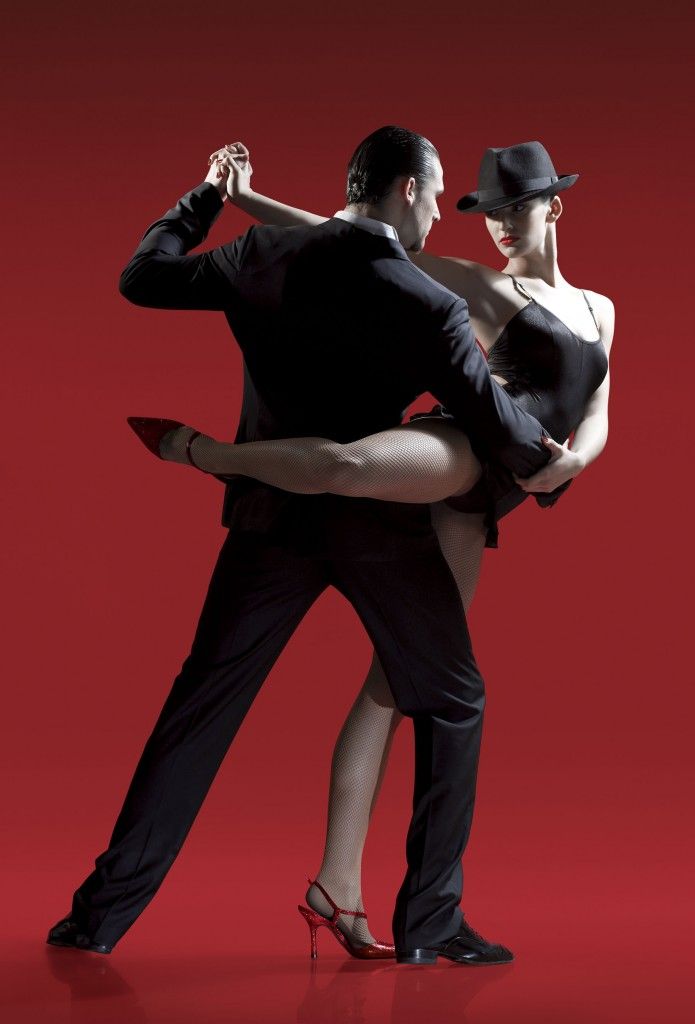 It is important to come and try dancing after a month of classes. You can only with friends or guys from your group. This will be enough to feel the adrenaline and inspiration from the dance.
It is important to come and try dancing after a month of classes. You can only with friends or guys from your group. This will be enough to feel the adrenaline and inspiration from the dance.
4. Dance with partners or partners not of your level
The conventional wisdom that you need to practice in groups of your level does not stand up to the test of experience. Perhaps now your eyes widen in surprise, and you want to meaningfully read the phrase again. Yes, you saw everything correctly: when you dance with a partner of your level, you don’t grow anywhere. nine0004
It's important to understand that not only does it work one way and you have to dance with cooler dancers, but it works even more effectively the other way. It is no coincidence that teaching pair dances dramatically raises the level of the teacher himself. You have an endless stream of very beginner dancers.
How it works. A more experienced partner needs to be "stretched".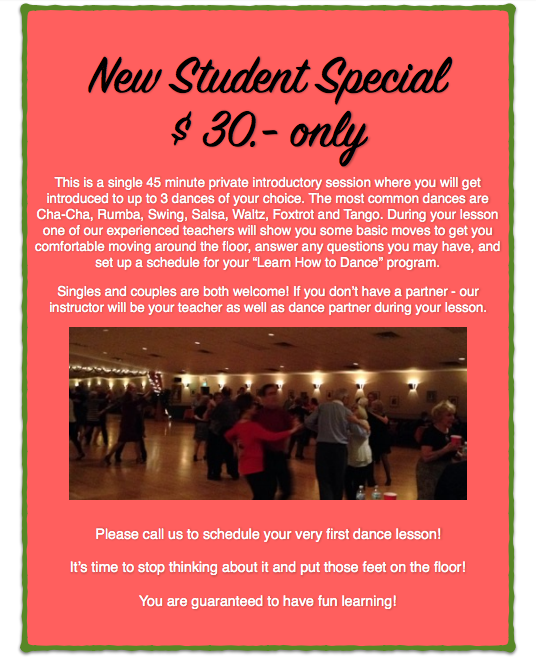 It's easy and obvious. With beginners, you need to take more initiative on yourself, see the general pattern of the dance more widely, turn on and insure more, try to be an example and be more careful. The quality of interaction begins to grow significantly. And wonderful partners too. nine0004
It's easy and obvious. With beginners, you need to take more initiative on yourself, see the general pattern of the dance more widely, turn on and insure more, try to be an example and be more careful. The quality of interaction begins to grow significantly. And wonderful partners too. nine0004
Dancing with partners of your level doesn't make you grow. Dance with beginners and more advanced dancers
Dominican Bachata Women's Style Online Course
Want to learn how to hypnotize those around you with the most appetizing part of your body? On the course we will tell you all the secrets.
| Interesting |
5. Learn to dance for a partner and for a partner
Turks and Argentines are one of the best partners in the world. In Russia, partners are highly valued. Why? The answer is simple. In Argentina and Turkey, it is not questionable for men to ask another man to lead in one piece or another and give feedback on the quality of the lead. For them, it will be a great shame to hear moralizing from a partner, or even more so to be known in the community as an insecure partner. nine0004
For them, it will be a great shame to hear moralizing from a partner, or even more so to be known in the community as an insecure partner. nine0004
In Russia, due to the constant, often far-fetched, opinion that there are more women in pair dances, partners calmly get up and study their partner's part. Such partners then grow into very cool dancers and teachers. In no case do this at parties, only in class. Here we are talking only about the learning strategy. At parties, be yourself.
6. Do not memorize the links
Always try to look deeper and understand the through principle and idea of movement. Understanding what and how is done will make it possible to independently generate any sequences and chips. nine0004
Human memory is limited and there will always be a moment when something will escape and your repertoire will be limited by the size of RAM.
In Argentine tango, for example, there are seven levels of movement construction that, when mastered, will allow you to make millions of combinations.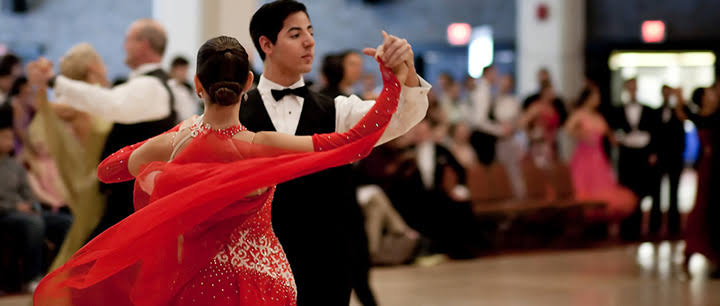 And how many dance sequences can you really remember? In rueda, more than 150 figures dance in a rare circle. It's hard to keep more in mind.
And how many dance sequences can you really remember? In rueda, more than 150 figures dance in a rare circle. It's hard to keep more in mind.
7. Develop your body
Many years of experience in teaching pair dance shows that as soon as everyone pairs up in a class, any progress in individual style ends. But it is the individual style that distinguishes everyone at the disco: partners change, and style is always with you. nine0004
The body as the main instrument of dance must be very plastic, responsive and emotional. Surprisingly, not all pair dance schools have a general physical warm-up. It is vital to tune the body and understand how it works.
You can always train extra and concentrate more on the basic steps, as their true value is as body work. The sequence of steps is, in fact, the simplest thing that can be in pair dancing. The quality of individual performance determines the craftsmanship. nine0004
8. Try on the images of inspiring dancers
A psychological life hack for those who have already mastered the steps, but still feel that there is not enough brightness and drive.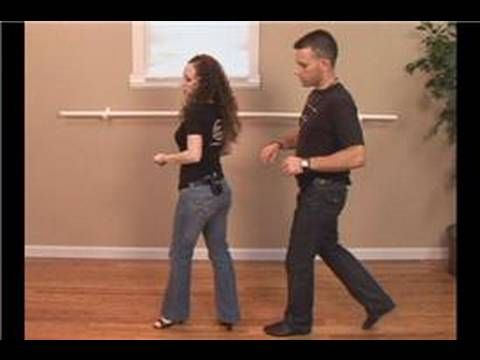 Most are terribly afraid of being someone else's "clone". Here the action is the same as under the influence of hypnosis - the more you resist, the more you plunge into an altered state of consciousness.
Most are terribly afraid of being someone else's "clone". Here the action is the same as under the influence of hypnosis - the more you resist, the more you plunge into an altered state of consciousness.
With a high degree of probability, you are already dancing like someone else's "clone". A meaningful fitting of someone else's image is that you mentally take the image of the one who inspires you (inspiration is critical in this case) and "put on" yourself. Then you start dancing and trying to feel in general how it is to be able, for example, to be the best partner or the sexiest partner in a disco. This is much more difficult than it seems. But it works extremely efficiently. nine0004
9. Dance to unformatted music
Habitual rhythms keep you rigid. Tango salon or speedy timba leave little room for experimentation and fantasy. Pattern dancing is always noticeable and is reserved for beginners.
The truly new is born outside of the usual.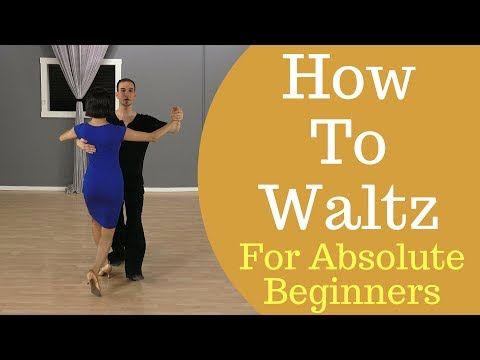 Look for places to experiment. If there is no place, organize self-training. The main thing is not to get carried away, because music determines the style. We bring something new to pair dances, rather than trying to change them. nine0003
Look for places to experiment. If there is no place, organize self-training. The main thing is not to get carried away, because music determines the style. We bring something new to pair dances, rather than trying to change them. nine0003
Search, improvise, don’t be afraid to go beyond, develop in different directions, be inspired by music atypical for the style
10. Try your hand at basic dance directions
dances exist according to their own non-choreographic laws.
This is the deepest delusion, which has turned into a ceiling for the qualitative development of partner dances. After all, all professional dancers, for example, in salsa or bachata, build their ideas on the basic choreographic principles. nine0004
Do not think that choreography is applicable only on stage. Any meaningful movement of the body can be choreographic. In general, try classical or modern choreography. Basically, hip-hop can work too.
11. Look for battle sensations
Pair dances return us to an active position of manifestation of our body. As in the days of our ancient ancestors, we impress the members of the opposite sex by how dexterous, hardy, sexy, etc. we are. Modern laws of the jungle in the entourage of large cities. nine0004
If you look around the dance floor, it becomes clear that the majority are clearly herbivores (not in the sense of vegetarians, but in relation to those around them). I am sure that predators are always more interesting in terms of the attractiveness of the image - try to find a counterbalance among herbivores, for example, a cat woman or a lion man.
The conversation is about an internal position, not about aggressiveness. Lability and lack of control are inherent in adolescents, and not in adult self-sufficient people.
Accordingly, even a training or friendly battle gives, on the one hand, practical skills - to make a bright sequence of movements, bring an idea to a climax, show a spectacular trick, on the other hand, develops the psychological basis of the dance - self-confidence, resistance to extraneous attention, self-control and self-control in complex elements. nine0003
nine0003
12. Communicate with professionals
The environment shapes the internal position. Basically, real passionaries of the dance community are ready to openly talk, discuss and support the development of dance in every possible way. Universal principles and the ideas they articulate have a much longer and more practical perspective than meets the eye.
Accept that, for example, behind the words "listen to your partner" lies not only a beautiful metaphor, but also a practical skill to literally listen to your partner. At the same time, always treat every thought, even the most respected teacher, as a private opinion. nine0004
Your skill will lie in finding the scope of the idea even in conflicting opinions. Most often, the contradiction is speculative and the truth lies in the angle of perception or situationality.
Your dancing growth will stop sooner or later. This can happen at the level of three basic steps or years of experience in teaching and show performances.